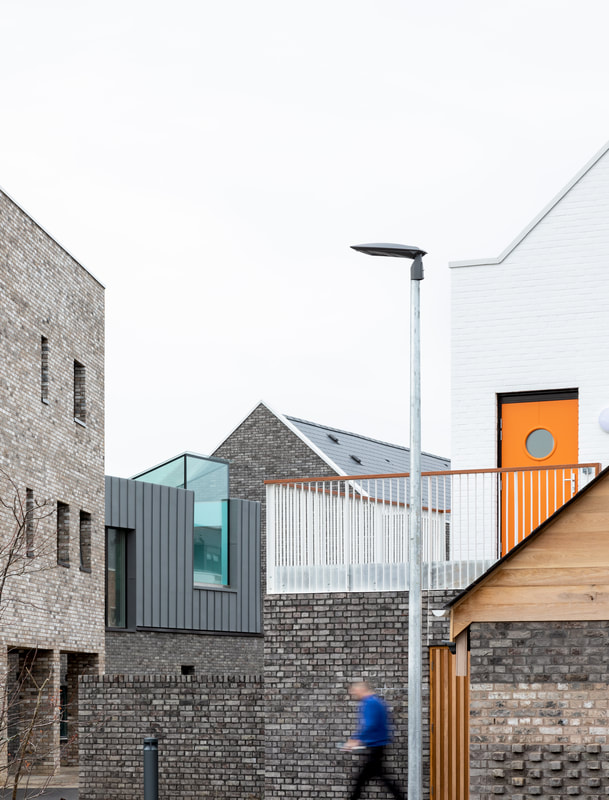|
The research project's aim and objectives have benefitted from early engagement with BEIS.
|
Project Aim |
Project objectives |
|
The aim of the project was to understand the demand for low cost, low carbon housing in England and Wales and the capacity and motivation within the housing sector to meet this demand. The research and analysis concluded by identifying key learning points to increase demand, improve supply, and deliver improved energy and carbon performance.
The project aims to find ways to overcome barriers. This may be through technical innovation such as modular housing; changes in construction practices and instilling a greater sense of pride in contractors; upskilling of trades; and/or improving education and understanding of energy efficiency amongst the general public. |
Seven specific project objectives were distilled from the project brief and these are set out in the table below.
|







